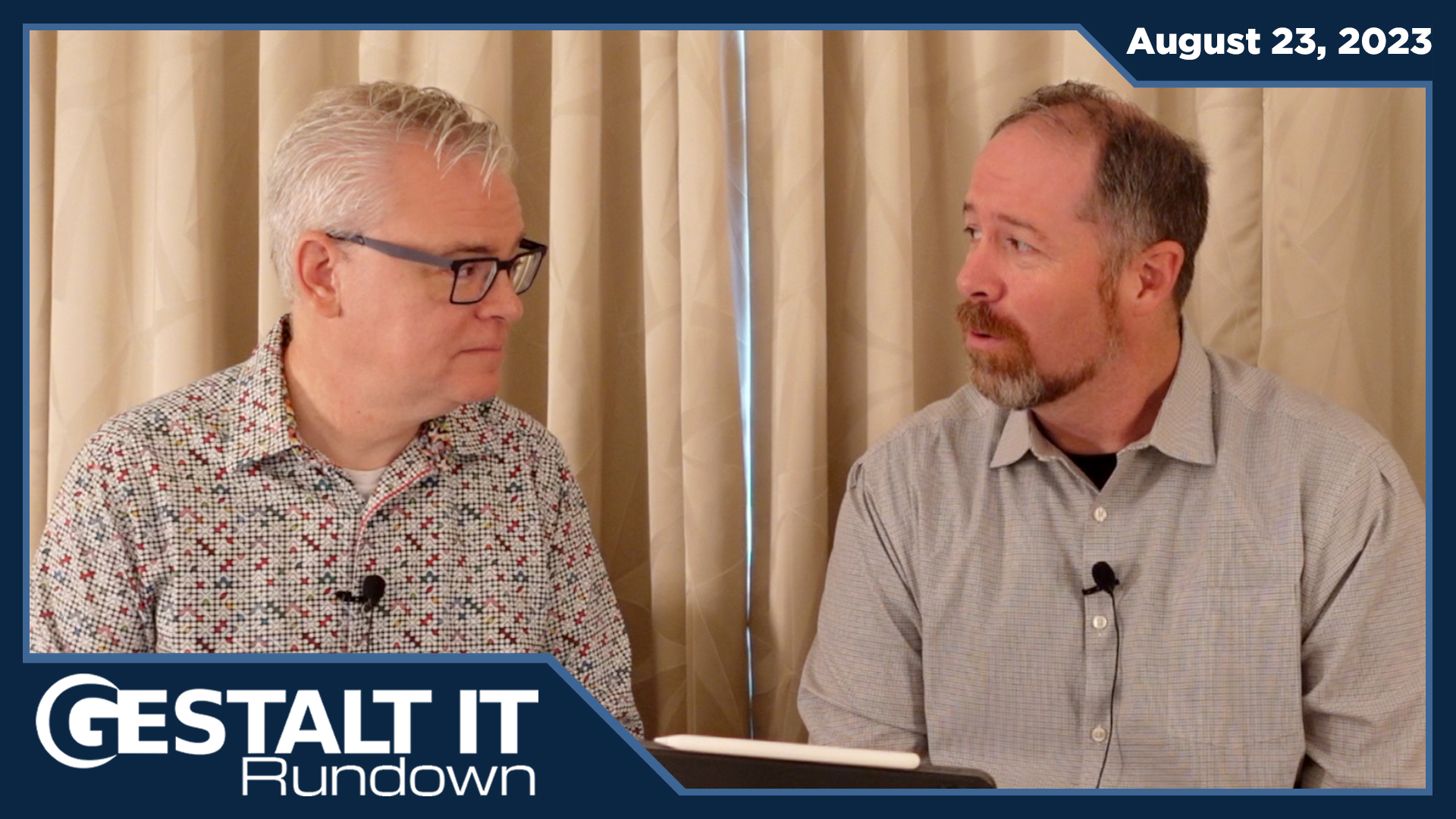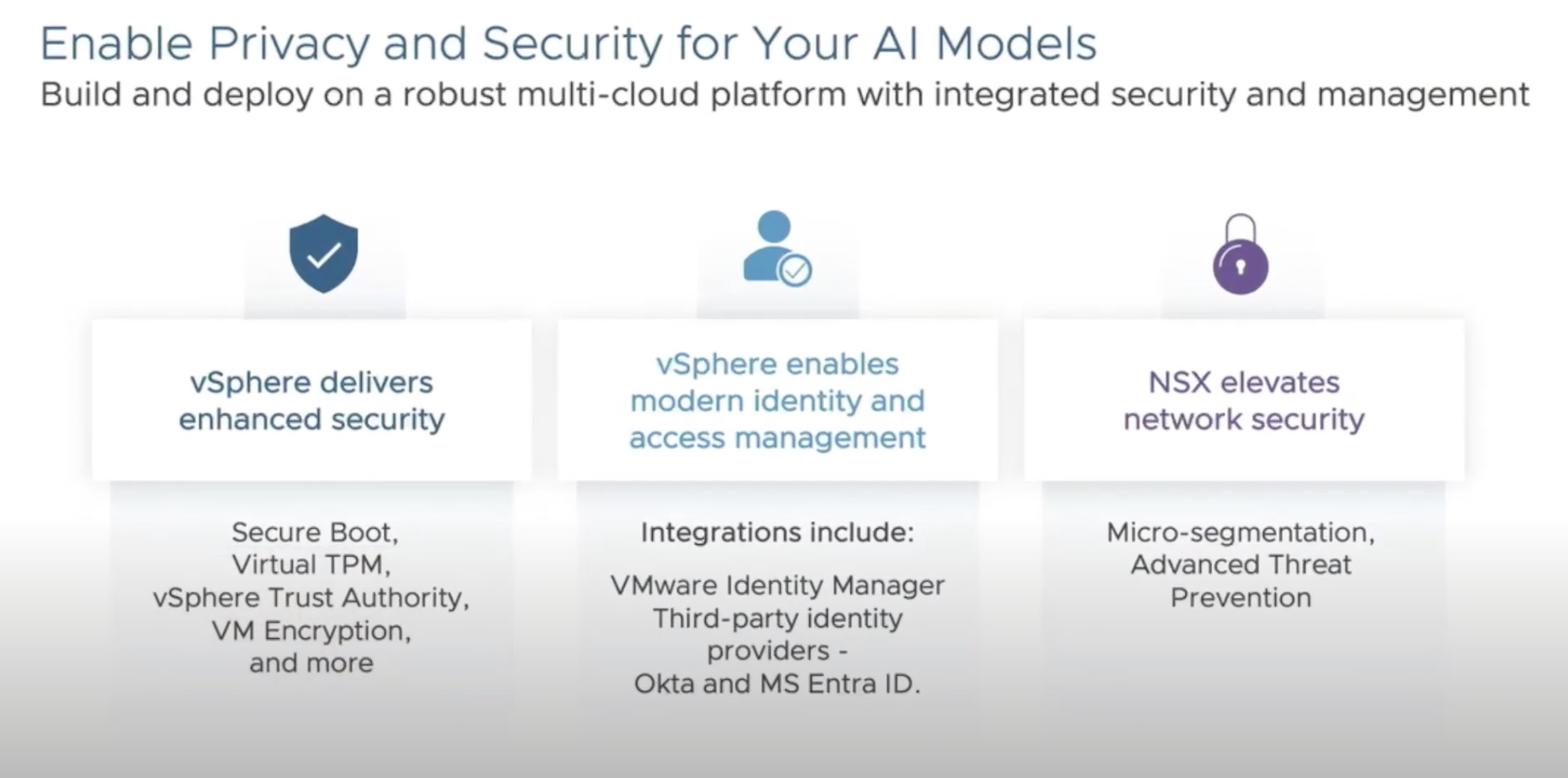 We recently discussed the news that VMware was shaking up its per-CPU pricing model on the Gestalt IT Rundown. This would see the company capping a per-CPU license to 32-cores. Anything beyond that will require an additional license. This probably doesn’t impact a large number of organizations right now, but given the ballooning core counts from both AMD and Intel, it will probably be a consideration before too long.
We recently discussed the news that VMware was shaking up its per-CPU pricing model on the Gestalt IT Rundown. This would see the company capping a per-CPU license to 32-cores. Anything beyond that will require an additional license. This probably doesn’t impact a large number of organizations right now, but given the ballooning core counts from both AMD and Intel, it will probably be a consideration before too long.
Of course, no one is going to be overly enthusiastic about additional licenses. But as Scott Lowe points out, VMware has been down this road before, and it’s clear the company has learned its lessons. Compared to the roll-out of the vRAM Tax in 2011, this is a much more simplified approach. Instead of trying to wrap a price increase around something that VMware had spent years pushing organizations into, the per-CPU pricing update is at least understandable to consumers. Also, generally speaking, vSphere is much more memory-bound than limited by CPU cores. VMware is making the change to keep its value consistent while organizations take advantage of potential socket consolidation. Not anything to get excited about if you’re buying licenses, but the rollout has been a lot smoother than previous attempts.
Read More: VMware’s Licensing Change Redux: Better the Second Time Around




